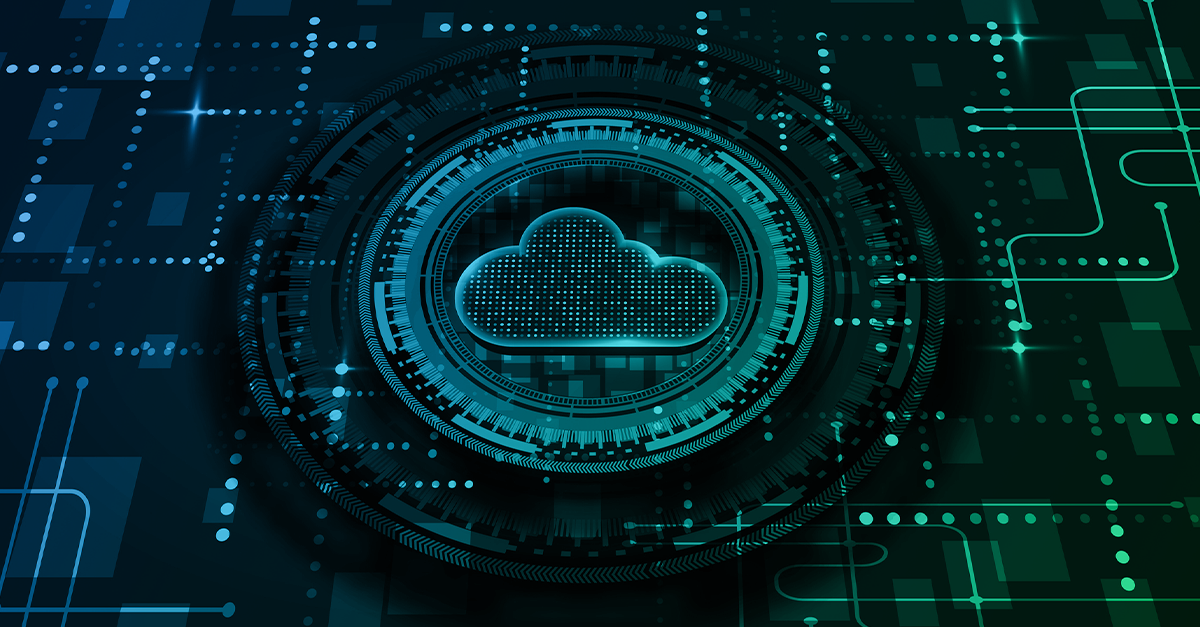In the utility industry, the concept of migrating to the cloud has been met with a mix of anticipation and hesitation. While the promise of improved resiliency, scalability and cost-effectiveness beckons, a cloud migration journey for utilities is often shrouded in myths and misconceptions. Today, utility companies find themselves at a crossroads, balancing the perceived risks against the undeniable benefits of embracing cloud technologies. By unraveling the misconceptions, we can shed light on the substantial advantages of —efficiencies, enhanced resiliency, lower costs and a transformative leap into the digital future.

Myth #1: The Cloud is Not Secure
One commonly held anxiety among utilities is that storing information in the cloud is a security risk. While it’s true that cybercriminals and other malicious actors sometimes try to penetrate cloud-based systems, cloud service providers (CSPs) are held to some of the highest security standards in the technology industry. Look no farther than the US government to understand just how secure cloud services are: both the Department of Defense and the American intelligence community hold Top Secret level information in cloud services offered by major companies like Microsoft and Amazon Web Services. There are numerous 3rd party assessors who can independently attest to the security posture and response capabilities of a CSP, such as the Cloud Security Alliance, the Center for Internet Security, the Shared Assessments Program, the American Institute of Certified Public Accountants (AICPA) and the Vendor Security Alliance. The International Standards Organization ( ISO) and National Institute of Standards and Technology (NIST) also provide detailed guidelines for ensuring the security of cloud products. Using a CSP can help protect utilities in a cyber-attack, as cloud systems can streamline data recovery and operational resumption.

Myth #2: Reliability and Availability of Critical Systems is Better Handled On-Premise
It can seem risky to house the critical systems in the cloud rather than on a utility’s premises, but cloud systems can support grid resiliency efforts in the face of harsh conditions. During Hurricane Sandy, National Grid’s closely located DCs in Hicksville, NY and Melville, NY experienced massive damage, limiting their capacity to help restore power and requiring manual crews to implement switching orders. The cloud offers a quick and economical way to ensure resiliency, fault tolerance and business continuity by decentralizing data storage without establishing costly geographically dispersed data centers. New advances in cloud technology have allowed utilities to connect to CSP servers via broadband and even satellite so that utilities can access their data under the most extreme conditions.
The cloud is designed for extreme availability and redundancy while leveraging economies of scale to optimize cost and general performance. Some of the capabilities of these cloud platforms surpass most on-premises computing facilities and would require significant investment to match. By taking advantage of cloud technology, utilities can take advantage of top-notch servers without breaking the bank. Cloud services are a cheap, efficient and reliable alternative for running many critical systems.

Myth #3: Regulatory Compliance Will Never Allow Critical Systems in the Cloud
While NERC requirements for critical information protection (CIP) generally do not allow for off premise IT solutions, standards are beginning to slowly evolve, most notably with recent guidance from NERC on cloud hosting of BES cyber system information (BCSI). CSPs can also provide specific services to ensure regulatory compliance, such as offering compliance with industry recognized cyber security controls such as the Federal Risk and Authorization Management Program ( FedRAMP) that provides a standardized approach to security assessment, authorization, and continuous monitoring for cloud services to eligible customers, dedicated hosts, US-authorized employees only working in specific cloud data centers or instances and where required, CSP employees who meet the requirements for access to US Government data up to the Top-Secret level for those FedRAMP instances. NERC however needs to continue to work with CSPs to develop standards and allow for more cloud hosted instances of data and systems to increase cloud adoption rates. Many utilities are hesitant to place these systems into the cloud out of concern for regulatory penalties and fully because they, in some sense, abdicate that level of compliance to the CSP.

Myth #4: Utilities Can’t Capitalize Cloud Costs
Cloud migration can be challenging when it comes to a utility’s balance sheet. The financial treatment and cost recovery of subscription investments associated with cloud costs have historically been difficult to capitalize. But financial regulations and accounting practices are quickly changing to better accommodate cloud adoption expenses. Several utilities, for example, have been able to justify cloud subscriptions as capital expenditures rather than operational expenditures by taking advantage of strategies like pre-paying for storage capacity. This allows cloud storage to be seen as an asset and preserves reported net income for utilities, demonstrating transition’s financial viability.
Cloud adoption contributes greatly to utilities’ cost effectiveness. By taking advantage of cloud technology, companies can launch new resources faster and for less money. Using a CSP’s database offerings means that utilities don’t need to pay for operating system licensing costs or database licensing and renewal fees. Other savings include reductions in real estate, power, infrastructure and HVAC expenditures.

Myth #5: Cloud Adoption is Complicated and Migration Could Cause Potential Disruptions
Cloud migration can seem overly complex and intimidating to utilities contemplating the switch. By working with consultants like TRC, however, administrators receive step-by-step guidance on how to move their data to the cloud seamlessly. One step that utilities can take to optimize the transition process is insisting on robust, carefully written interfaces during replacement cycles. Using open-source interfaces and data elements ensures that products, platforms and systems can be easily transferred to the cloud as they are replaced or upgraded. Another important step for utilities to take is to check with their current systems vendor to ensure licensing compliance for cloud hosting — vendor licenses may be treated differently in the cloud than they are in on-premise systems. Working with experts and taking these steps will help ensure a smooth, non-disruptive cloud migration.
Next Steps: TRC Can Help
With direction-setting perspectives and industry leading partnerships, TRC understands the unique market, regulatory, technological and legal challenges power and utility companies face today when adapting their operations to the cloud. Our tested practitioners have decades of experience with utility-based IT services delivery and know that the cloud is foundational to meeting the demands of grid modernization, digital transformation and the energy transition.
We help the largest utility enterprises and organizations drive any cloud deployment model with up front strategy and management including road mapping, use case development, business value analysis, operations advice and regulatory support. Our technology strategists support cloud migration with unique resolutions including design and architecture, procurement and configuration, systems implementation and integration and owner’s engineering services.
Learn more about our solutions or contact us with questions about your cloud journey today.




